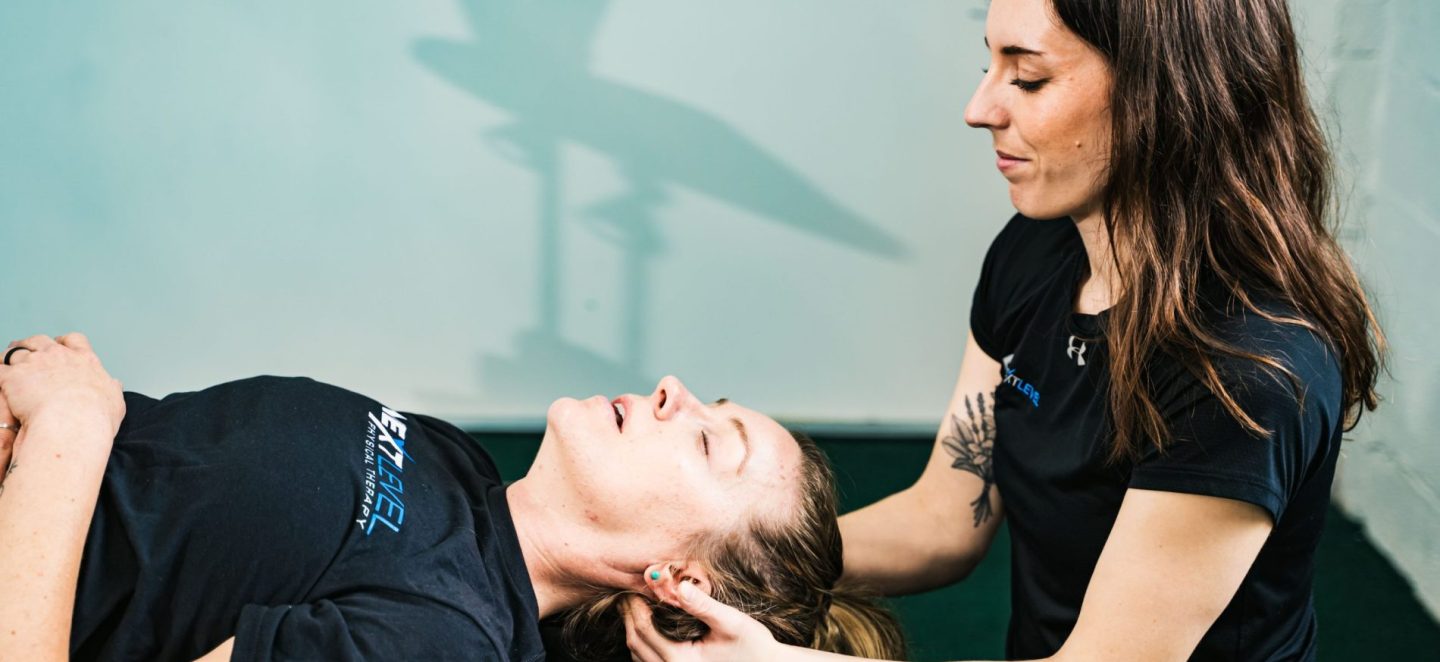
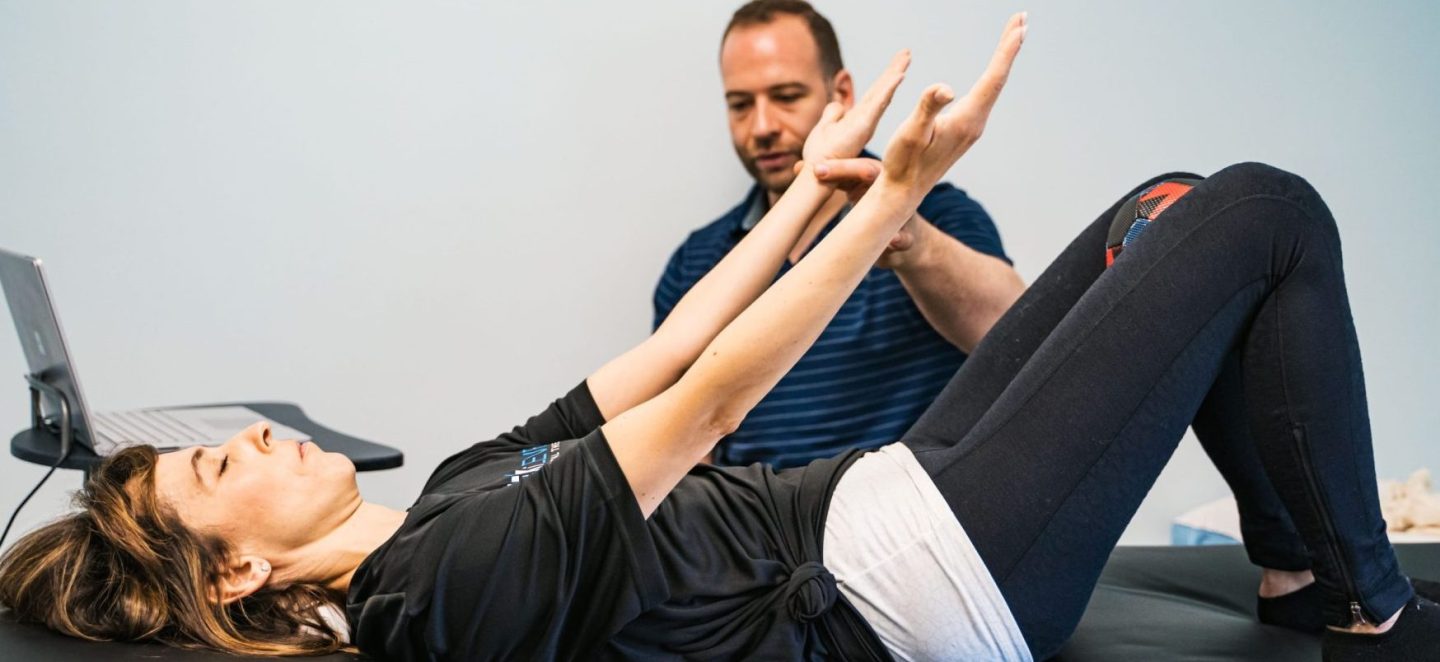
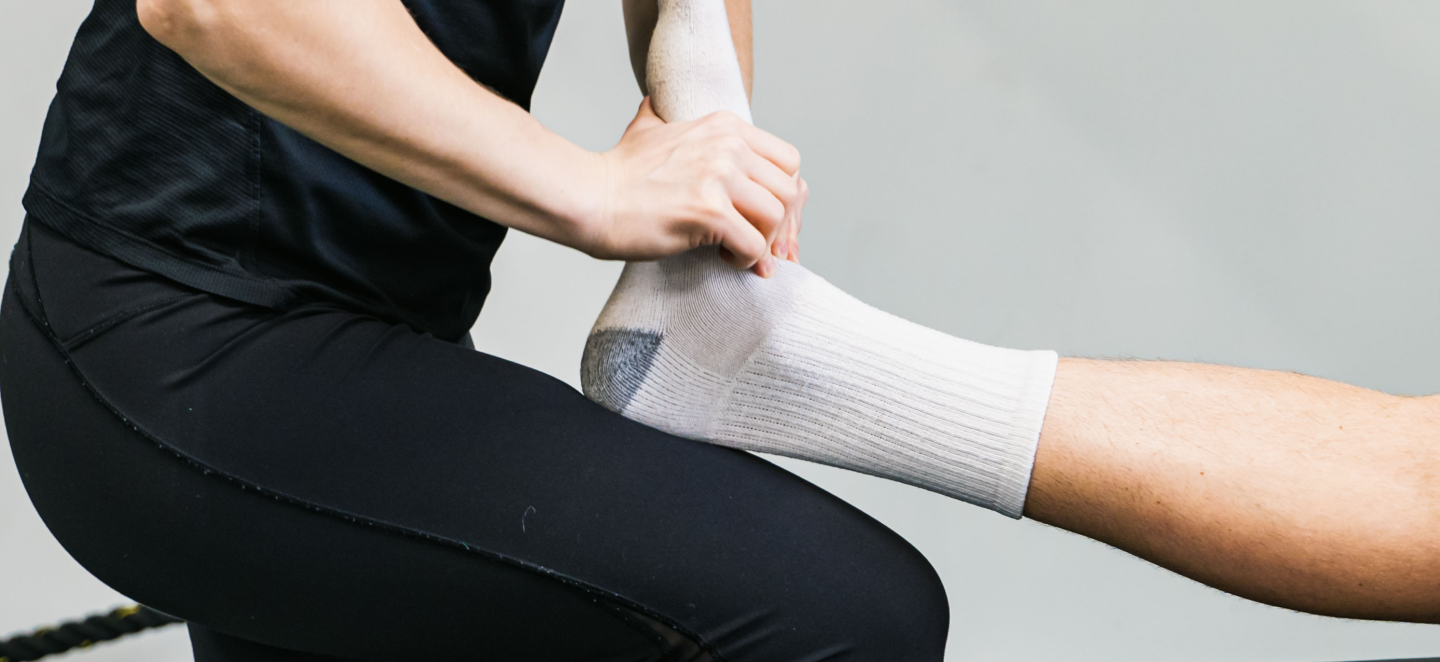
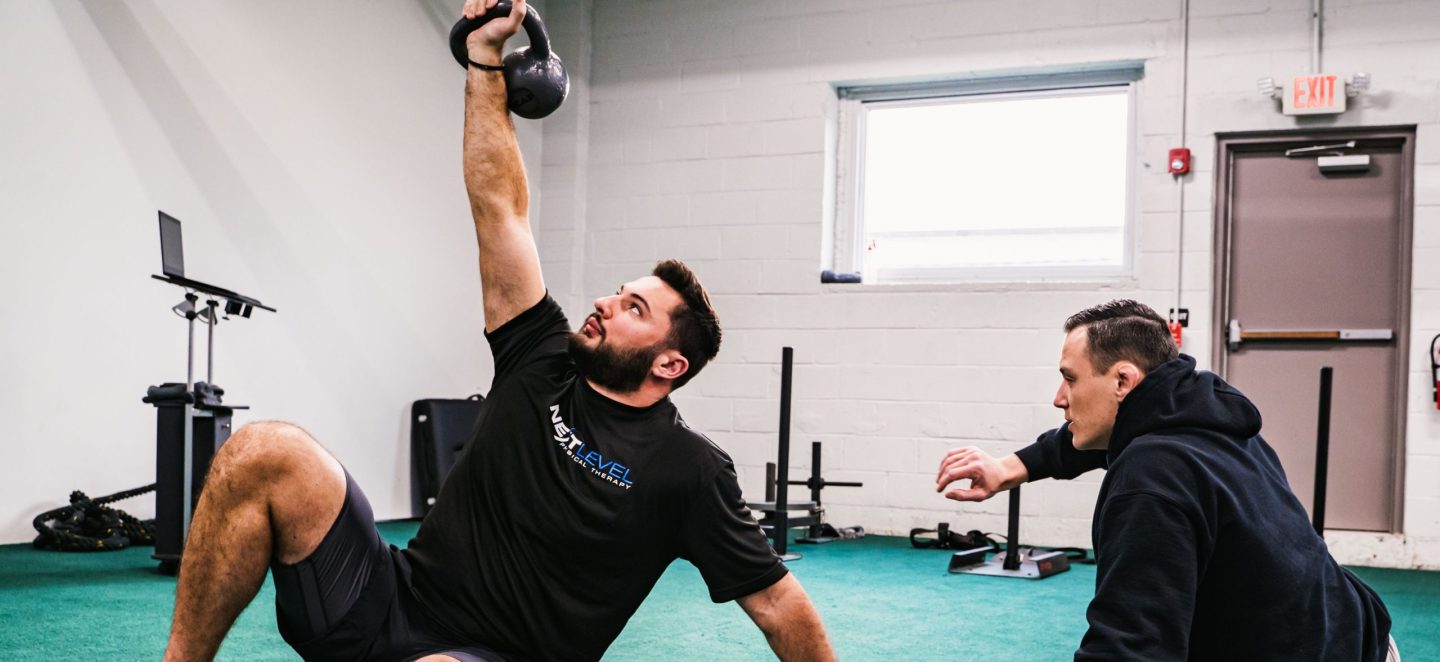
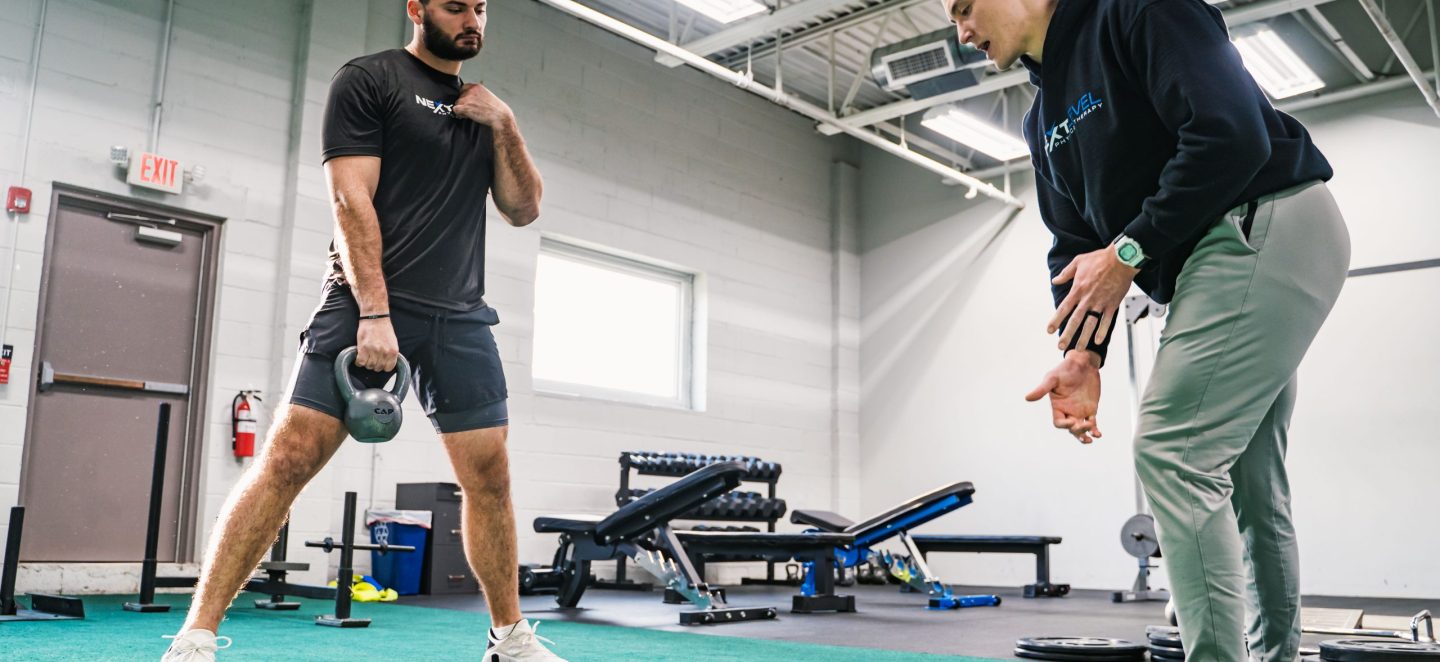
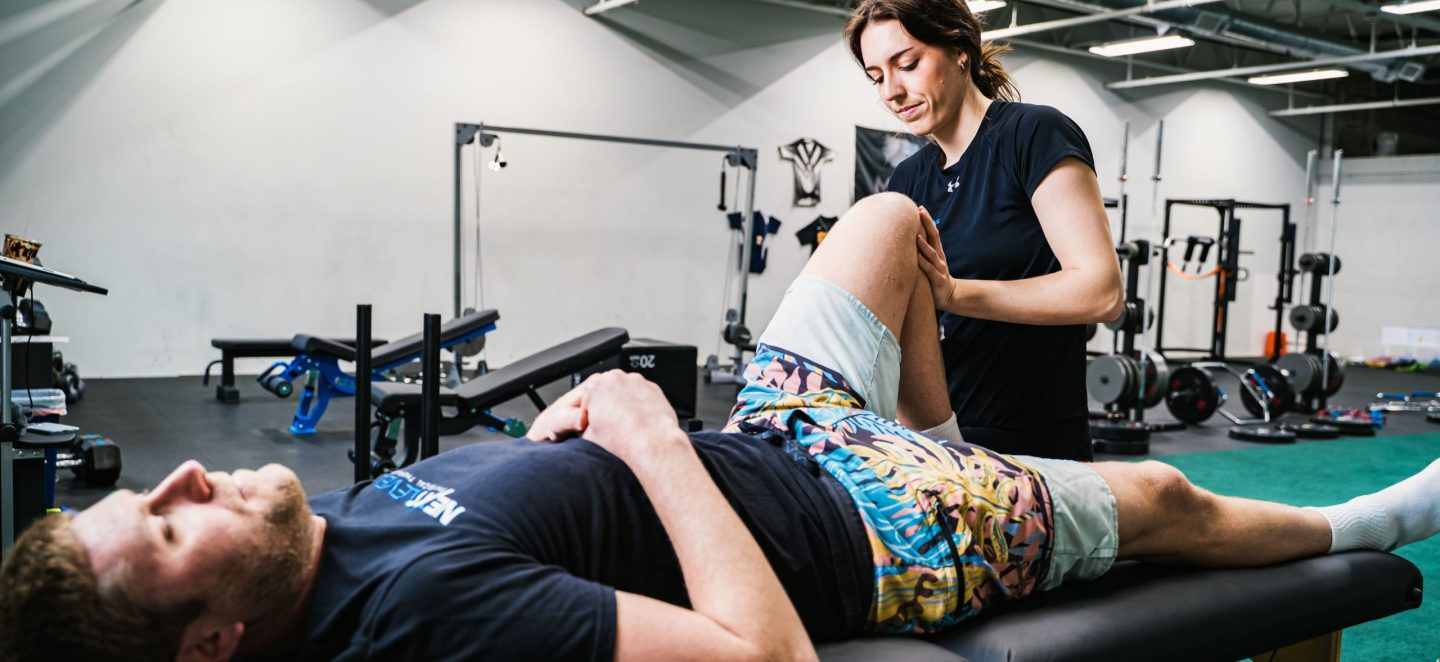
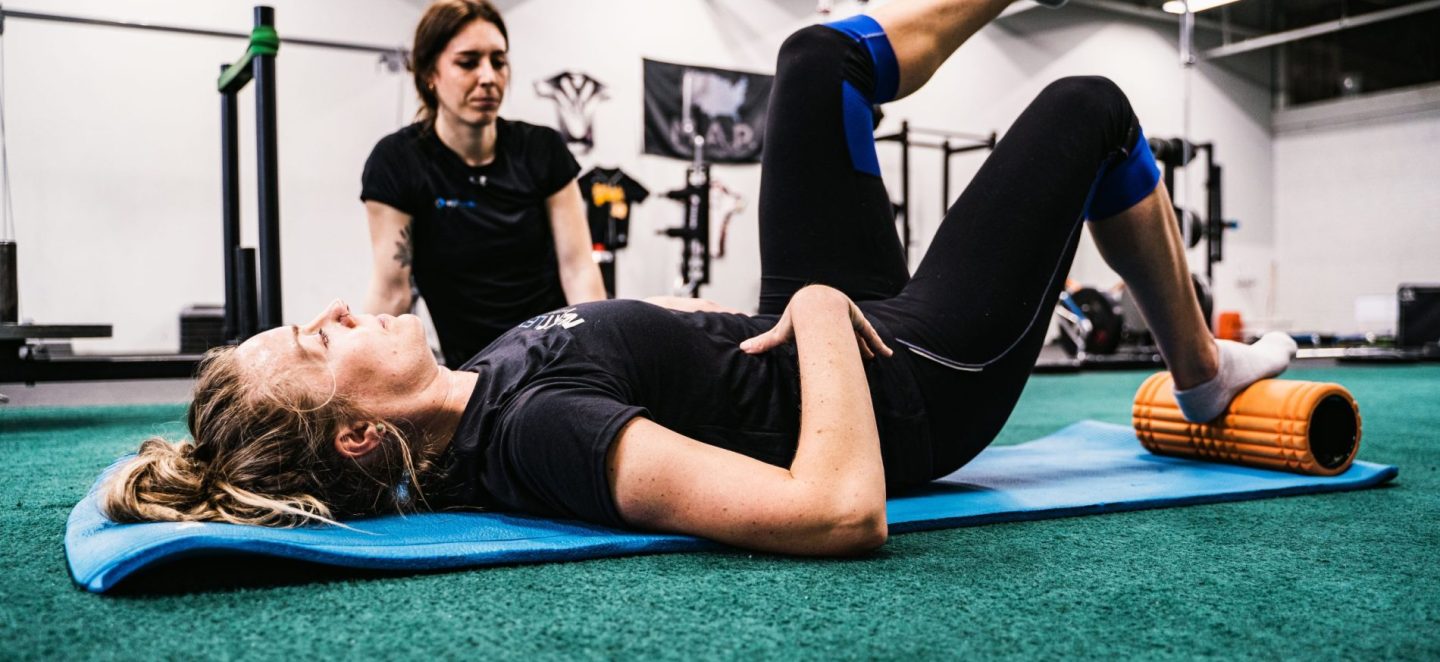
You’ve tried everything, but why hasn’t it worked?
You may have experienced 1 or all of the following:
These methods only give temporary relief because they are just fighting the symptoms and not connecting the dots from the deepest root. The body is too complex for such a basic approach.
You need a specialized solution that will treat the body as a whole and get to the root cause of your pain.

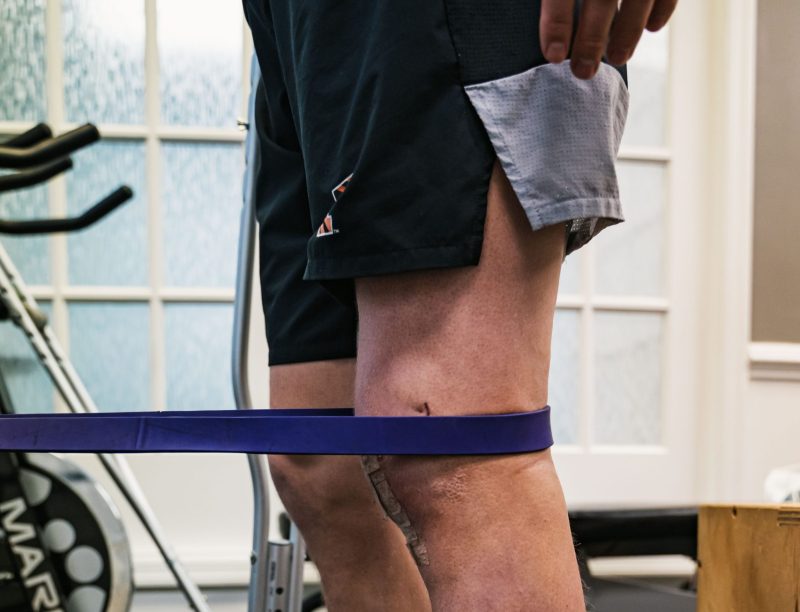
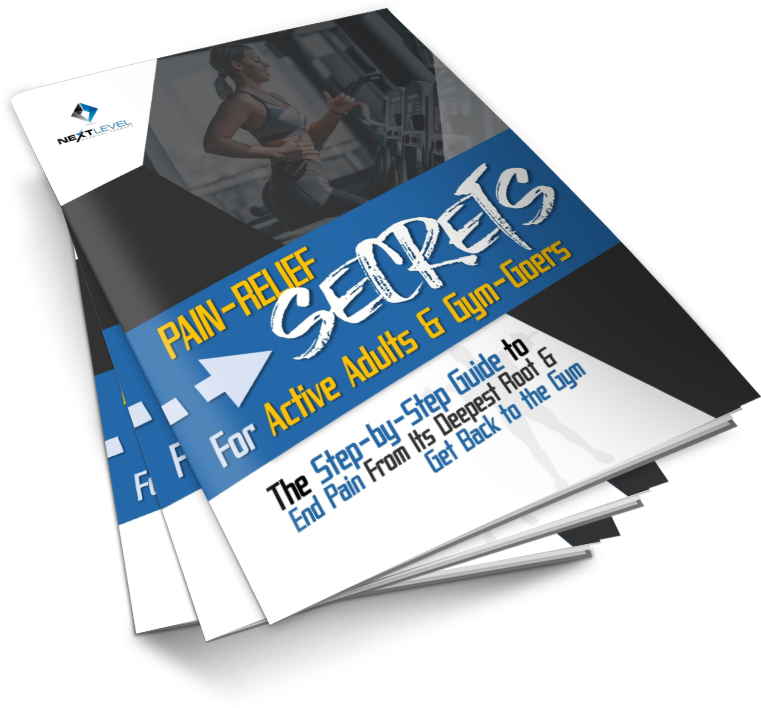

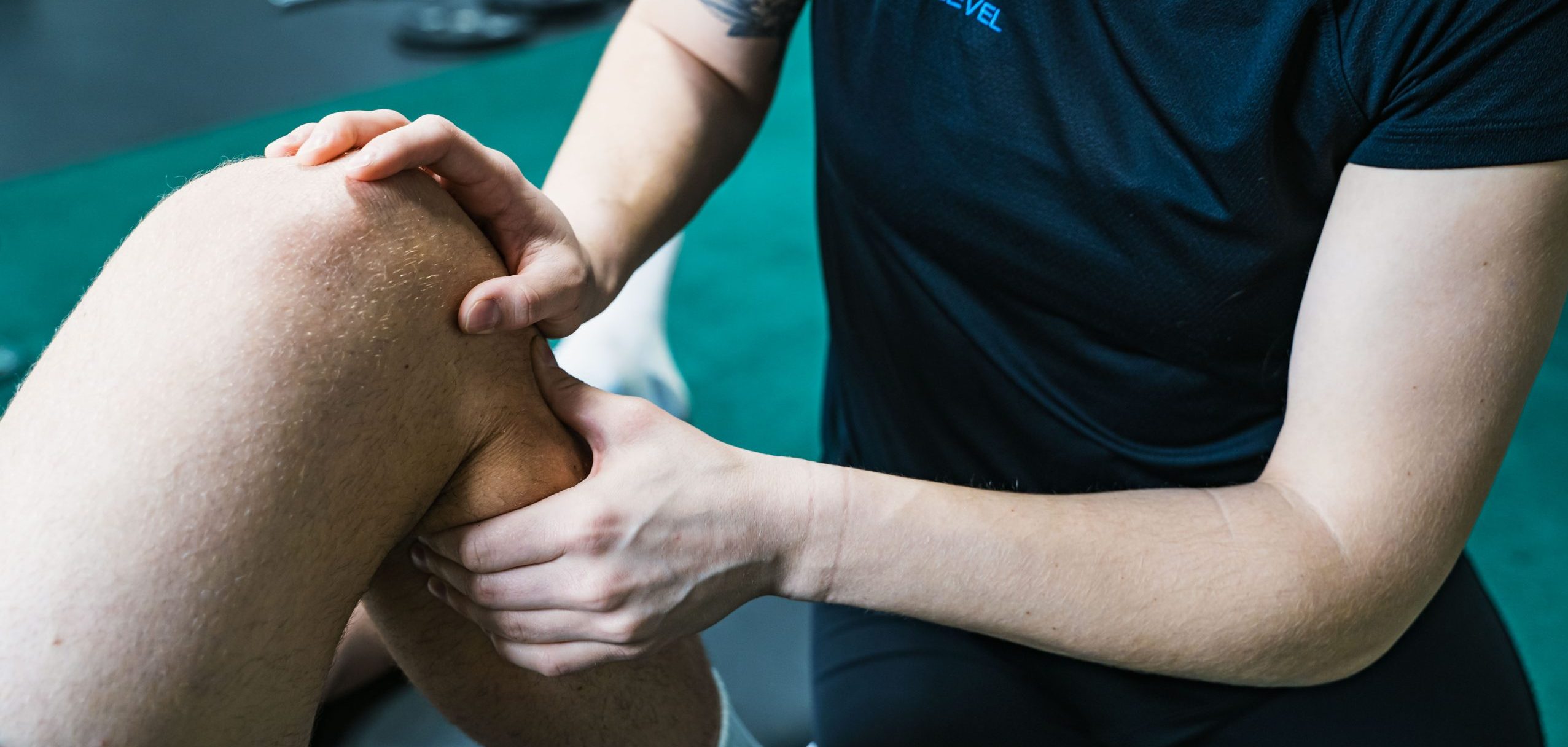

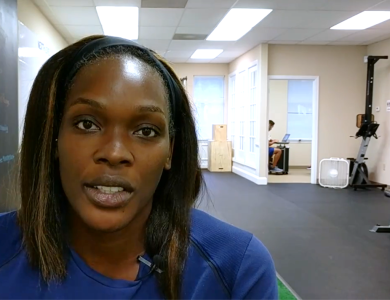
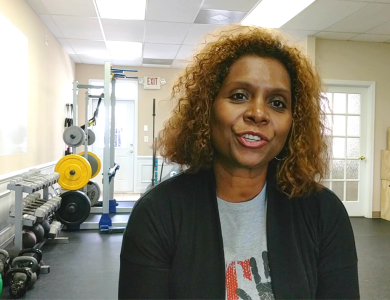
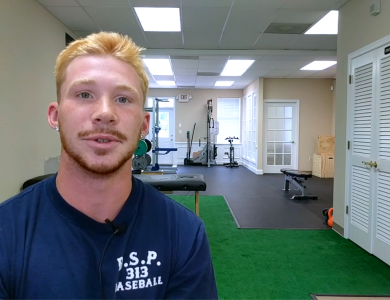

As a 46 yr old competitive power lifter and police officer I was very skeptical that anyone could help me with the serious pain in my knees. After the pain in my right knee started to effect my daily life and my mobility resulting in a close call at the gym I decided to take a chance on next level. From day one I knew I was in the right place. Dr. Ben understood my goals and concerns. I was surprised how much he knew about power lifting. Starting out slow he watched some of my videos and was able to break them down. Working on my flexibility he had me squatting without pain in a few weeks. During training I had a setback with my shoulder but Dr Ben was able to quickly adjust and had me ready for a meet in a couple weeks where I set records in my class and federation. This is not a place where they take your money and have you squeeze a ball for ten minutes. They are the real thing. I’m very grateful that I gave them a try!

I am a 52 year old runner and coach. I was experiencing knee pain and lower leg weakness about 8 weeks into my training for the Shamrock Marathon (my first marathon in 10 years). I saw that Next Level Physical Therapy had opened in Southampton, PA and made an appointment to be evaluated. Dr Artem Imnadze was great to work with. After discussing my symptoms & history and physical evaluation we started to design a program to that would not just get me to the starting line but would allow me to continue running. Success!. I was able to finished the marathon within my goal time. I will continue to follow up with Dr Imnadze as needed for continued healthy running. Nicolette was great at getting me scheduled around my work schedule and always greeted me with a smile. I highly recommend Next Level Physical Therapy!

If I can give 10 stars, I will. This team is the gold standard of physical therapy services.
I am 53 and quite active. I love zumba, hiphop, biking, swimming and walking. However, I have had many unaddressed injuries in the past which finally caught up with me. I found myself with progressive knee and hip pain on my right side to the point that I wake up in the middle of the night with throbbing pain and unable to sleep. I still managed to do my regular brisk walks but I tried to stay away from dancing. I also felt pain going up and down the stairs, so I had to hold on to the railing and proceed one step at a time going down, or having to pull myself when going up the stairs. I avoided sitting or squat down to the floor because it was so difficult to get up. I would have to get on all fours and pull myself up.
Xrays showed nothing wrong with my knee and hip, so physical therapy was prescribed. I have tried a couple of physical therapy facilities where I was on heat packs, ice packs, a water massage bed, TENS device and the usual exercises. I was given a piece of paper with exercises to do at home. Nothing seemed to help. I just chalked this up to getting old, as my friends also complained about body aches and pains.
One day, I saw a Youtube advertisement about Next Level Physical Therapy. While I felt that they were really geared towards athletes,, I decided to just sign up for a discovery visit. I thought this would be my final attempt at physical therapy. I met with Dr. Leor who explained their holistic approach and how it is different from the usual physical therapy sessions that people go to. Since I have and engineering background, we talked a lot about physics and how the body follows the tensegrity structural principle. I decided to get a more comprehensive assessment the following week and signed up for the program. I could tell this would be a different experience from my previous PT sessions.
Dr. Leor was the one who worked with me. He created a personalized plan to address my issues. He is very knowledgeable and takes the time to explain each of the techniques, why he is asking me to do them and which muscles I should feel engaging in the movement. In addition to his scientific know-how, he is also intuitive in that he is able to connect the dots as to what is causing my pain. He is very patient and makes sure that the movement are executed correctly. When I run into movements that will cause pain on my knee or hip, he would figure out how to adjust the position (or the exercise) to make sure I was executing it without pain. Halfway through my program, I felt less knee and hip pain, I felt a lot stronger and moved a lot better. I learned how to do resets if I had some soreness. By the end of the program, my hip and knee are pain-free, I can squat and stand up with no problem at all, I have regained my inner strength and confidence and I am back to Zumba, hiphop and Bollywood dancing. Next Level has really brought me to a level I never thought possible. Thank you, Dr Leor and team!
Do try them out! Your search is over. They will be the last physical therapists you would need to see.